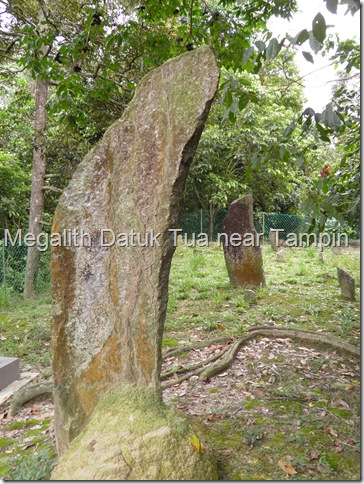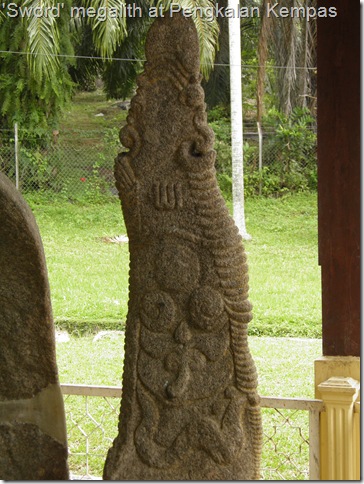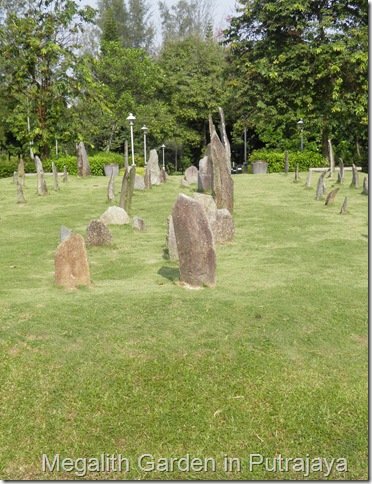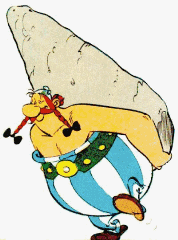Dotted around Malaysia, particularly in the states of Melaka and Negeri Sembilan, are a number of mysterious upright stones, usually referred to as megaliths.
More than 100 have been found in the areas around Alor Gajah and Tampin. The stones, which are often made of granite, are usually arranged in pairs and stand on a mound.
The ‘Megalith Datuk Tua’ just outside Tampin is, according to the plaque erected by Melaka Museums Department, said to be the tomb of the ancestors of Datuk Tau.
Locals refer to the stones as batu hidup, or ‘living stones’ because their size increases from year to year and because they glow at night when shone with a torch. Mica content might account for the shiny specks in the granite but how can the change in size be explained?
At Keramat Sungai Udang (also known as Pengkalan Kempas) there are some interestingly shaped megaliths which have been nicknamed the Rudder, the Spoon and the Sword. These are also said to be living stones. I have written about this place on my Malaysia Traveller website.
The Sword has been inscribed with the word ‘Allah’ adding credence to the theory that the megaliths are Muslim grave markers but some experts believe that this was added at a later date to ‘sanctify an infidel monument’ and in fact the megaliths pre-date Islam.
Some 86 megaliths have been collected from various sites around Malaysia and are now on display at the Laman Megalit in Taman Putra Perdana in Putrajaya.
A megalith mound near Tampin was excavated in 1981 but no human remains were found, adding to doubts that they are burial mounds and suggesting that the stones might have pre-historic origins.
The truth is that the purpose and age of Malaysia’s megaliths remain a mystery.
Until now!
My theory is that the stones are in fact menhirs and they were left in Malaysia 2000 years ago by Obelix, the famous menhir delivery man from ancient Gaul.
He might have been travelling to China with his pal Astérix to help extend the Great Wall of China. Perhaps they broke their journey in Malacca where they would have heard about the wild boars that roamed the forests of Negeri Sembilan (and still do!).
Wild boars (sangliers) were Obelix’s favourite food and no doubt he hunted dozens of them. In payment he left behind one menhir for each boar.
The menhirs were smaller than those in his native Gaul because he was sailing in a small wooden ship and could only bring lightweight, travel-size menhirs on board.
There it is. The mystery of Malaysia’ megaliths is now solved.






Yes! Brilliant. But don’t expect that your theory will be accepted by the Malays, LOL
Hahahaha, i love your conclusion